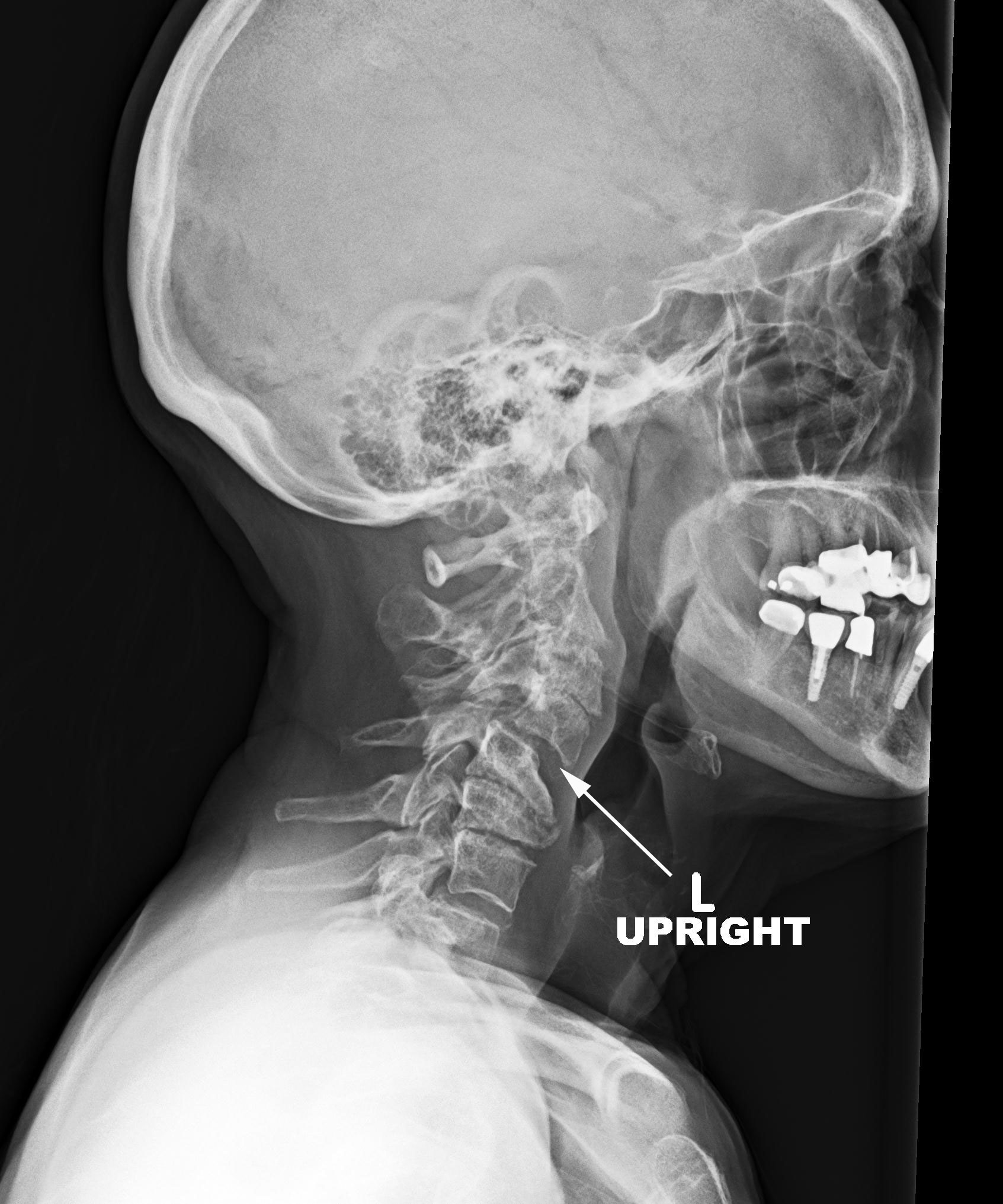Kyphosis is a spinal deformity where the spine curves outward excessively, often leading to a hunchback appearance. But what causes this, and how is it treated? Let’s explore.

Understanding Kyphosis
Kyphosis typically manifests as a pronounced curve, beyond the normal spine curvature of 20 to 50 degrees, in the neck (cervical region), chest (thoracic region), or lower back (lumbar region). This exaggerated rounding can make individuals seem as if they’re slouching. Learn more about the causes which range from trauma and degenerative diseases to birth defects and tumors.
Post-Traumatic Kyphosis: A Closer Look
Post-traumatic kyphosis, as its name implies, results from significant injuries such as falls, motor vehicle accidents, or even unexpected jolts like bouncing off a wave during boating. The impact from these incidents can lead to fractures or dislocations of the vertebrae, subsequently causing kyphosis. For an in-depth overview, visit the Hospital for Special Surgery’s article on post-traumatic kyphosis.
When Kyphosis Targets the Neck
Although common in the upper back, kyphosis can also affect the cervical spine or neck. One complication, known as “post-laminectomy kyphosis”, occurs after cervical laminectomy—a surgery involving the removal of the posterior bony arch in the cervical spine. Thankfully, the frequency of this complication has decreased as surgeons have adopted fusion techniques. Further information on kyphosis in the cervical spine can be found here.
An extreme form of cervical kyphosis is the “chin-on-chest” syndrome. This severe condition results in the chin resting flat against the chest, often due to weak cervical spine muscles and severe kyphosis in the mid-back. More about this syndrome can be read here.
Kyphosis Treatment
A primary treatment for cervical radiculopathy and up to 3-4 levels of cervical myelopathy is Anterior cervical discectomy and fusion (ACDF). This procedure is especially preferred for kyphosis. For a deeper dive into post-operative cervical spine procedures, check this guide.
Expert Spotlight
Dr. Todd J. Albert, Surgeon-in-Chief Emeritus at Hospital for Special Surgery, specializes in orthopedic spine surgery, particularly concerning cervical spine disorders. For more on Dr. Albert and his expertise, visit his profile here.
In conclusion, kyphosis, while often associated with postural issues, can result from trauma and other medical complications. Understanding its causes and available treatments is essential for those affected.


